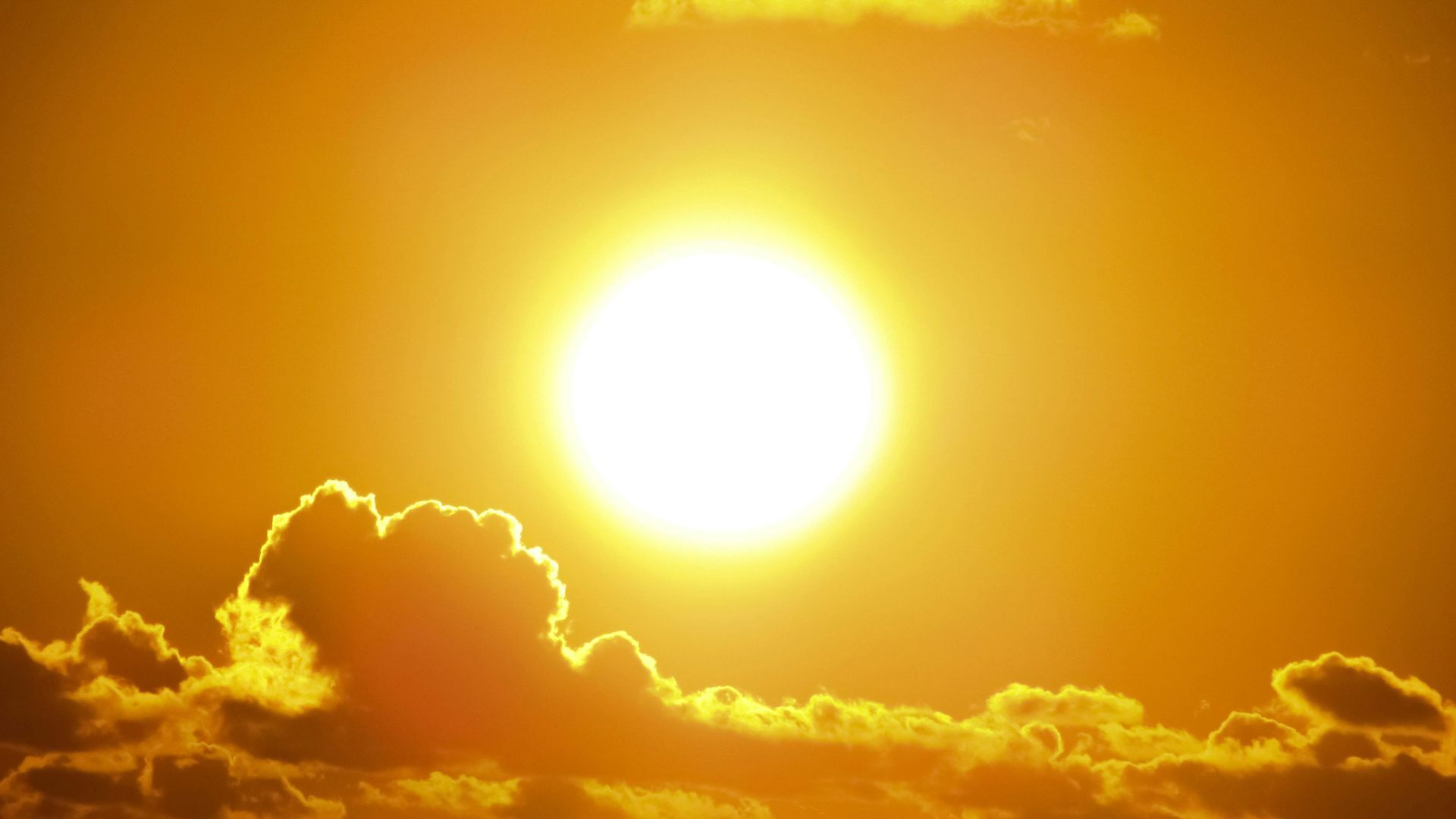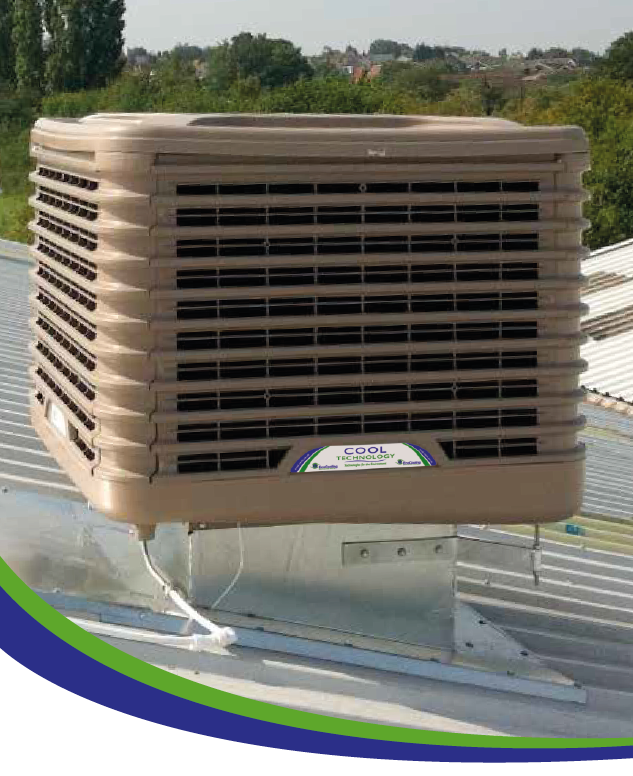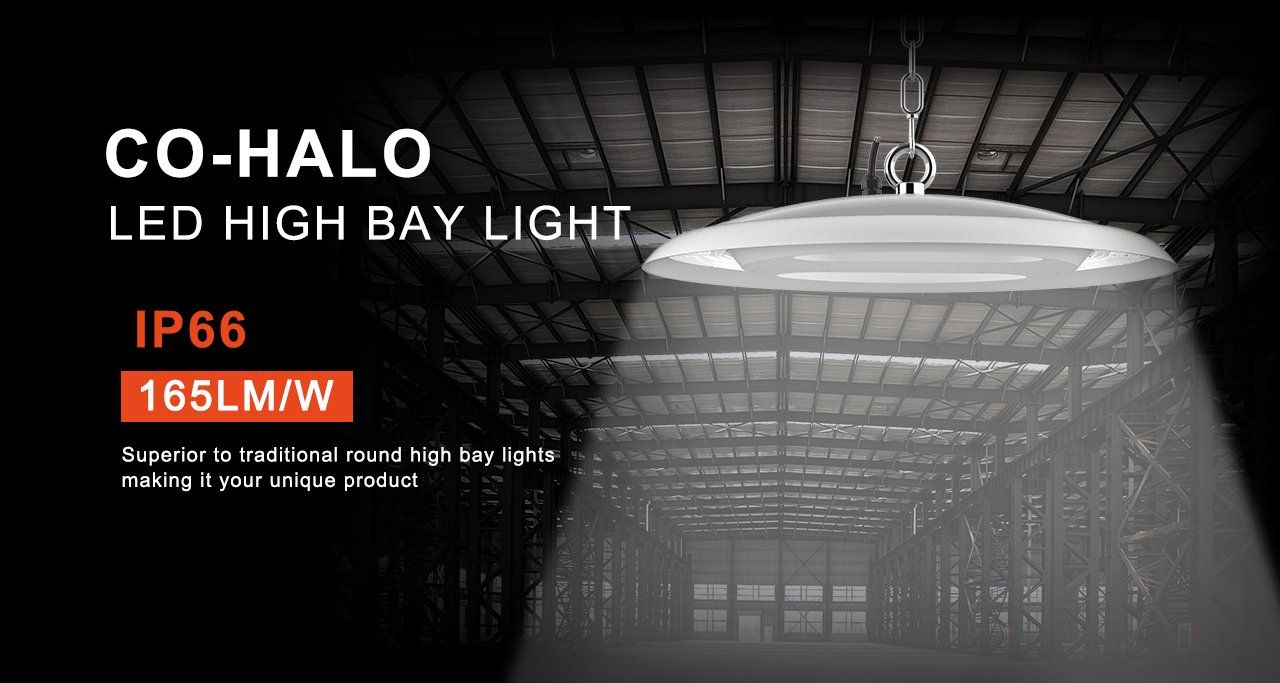How creatures and humans keep cool
Lemurs hug tree trunks to cool off when temperatures hit 30C, enjoying the fact that the bottom of a tree trunk is always as much as 5C cooler as the surrounding air. Rodents, cats and whales don’t have sweat glands, nor do birds. Mammals that don’t sweat cool off via their kidneys as well as by panting. Cats use the same evaporative cooling as our systems, moistening their coat with saliva before panting to cool down. Big animals like elephants simply move more slowly than small ones to stay at a comfortable temperature.
Some desert-based antelopes, including the east African oryx, let their body temperature rise to as much as 45 °C, panting to preferentially cool the arterial blood feeding their brains. This helps them conserve water they’d otherwise have to use for evaporative cooling.
Because birds’ body temperatures are a few degrees higher than ours, they don’t always need to cool down as much as we do. But some storks, cormorants and vultures use a method called urohydrosis, urinating down their own legs to get wet, therefore stay cooler.
Infrared pictures of ostriches reveal they keep their necks cool when it gets hot, reducing heat stress and helping them reproduce more successfully. And the world’s second largest bird, the cassowary, has a fin-like structure on its head that acts like a radiator, helping it lose heat in Australia’s super-hot summers.
It’s all about thermoregulation. So how do humans stay cool?
About thermoregulation
Thermoregulation lets our bodies maintain their core internal temperature, supported by various mechanisms that keep us in the right state of equilibrium. The average human’s baseline temperature falls between 98°F (37°C) and 100°F (37.8°C).
If it falls lower than 96°F (35°C) you’re at risk of hypothermia. If your body temperature rises above 104°F (40°C) you can end up with heatstroke. If it continues to go up, it can lead to brain damage or death.
Fever, exercise, everyday digestion and high temperatures all make us heat up. When the hypothalamus, which controls how hot we get, senses our internal temperature is too high it signals to the muscles, organs, glands, and nervous system, all of which do their best to fix things.
If your body needs to cool down your sweat glands will start to release sweat, which cools the skin as it evaporates. Vasodilatation widens the blood vessels under the skin, increasing the blood flow to the skin and away from the warm inner body, letting the heat radiate out.
When it’s humid as well as hot, we feel even more uncomfortable because high humidity makes it harder to cool down. Because our sweat doesn’t evaporate as quickly, our skin temperature goes up and the weather feels hotter than it actually is.
Keeping comfortable when the weather’s roasting hot
It’s hard to think straight when you’re too hot, and if you’re too hot at work it means lost productivity. You need a low cost, efficient and deliciously cool way to keep your place at a comfortable temperature employees and anyone else at your place will love. That’s where our popular evaporative cooling systems come into their own. Our tech is perfect for gaining a competitive advantage when everyone else is wilting, a great way to ensure employee welfare as the climate heats up.










